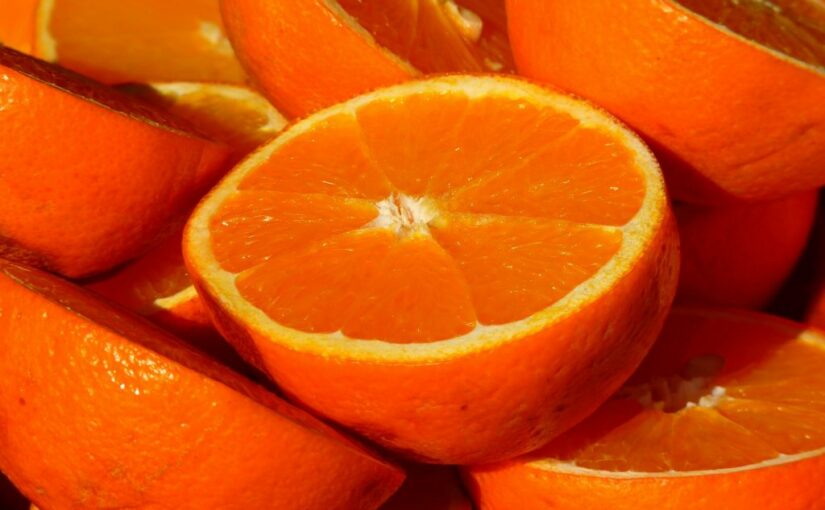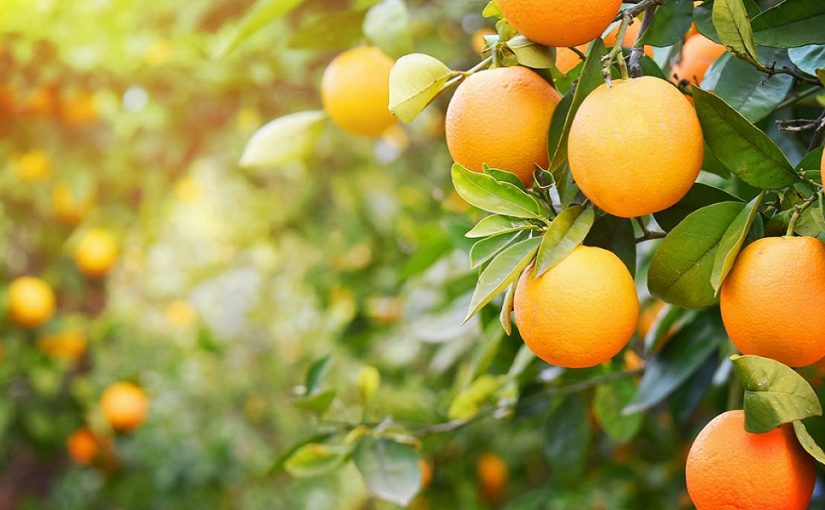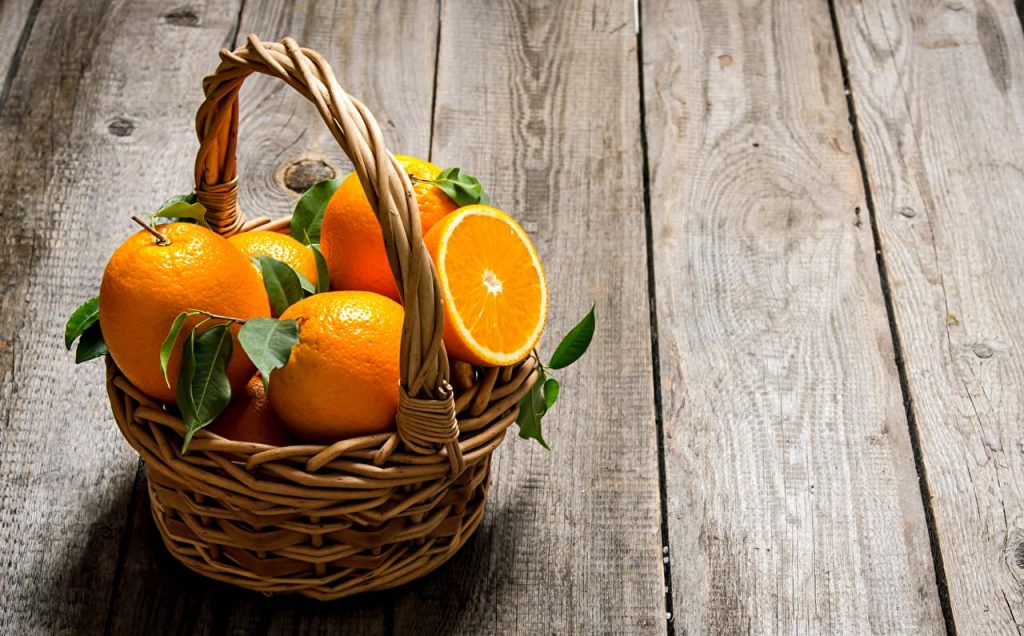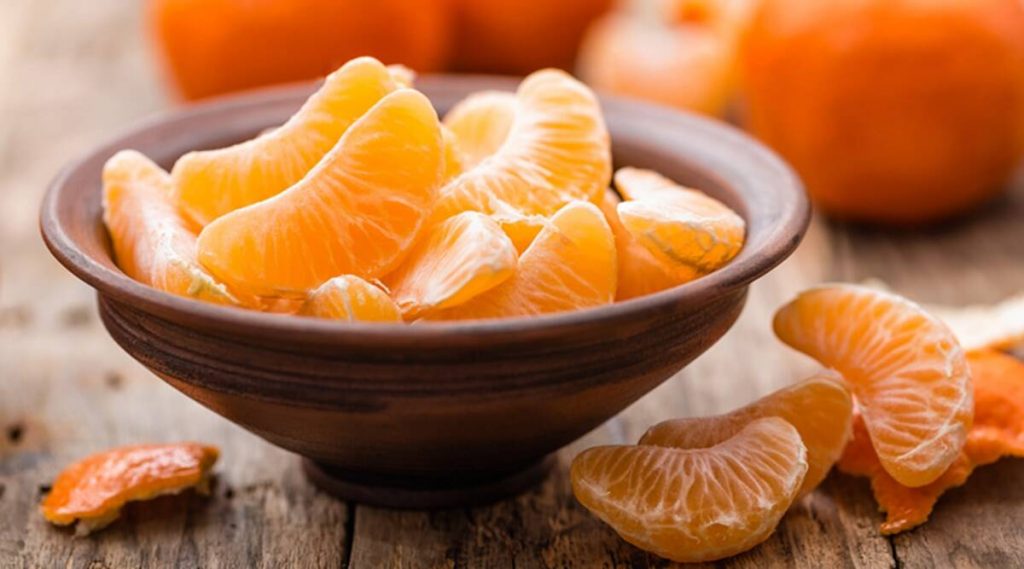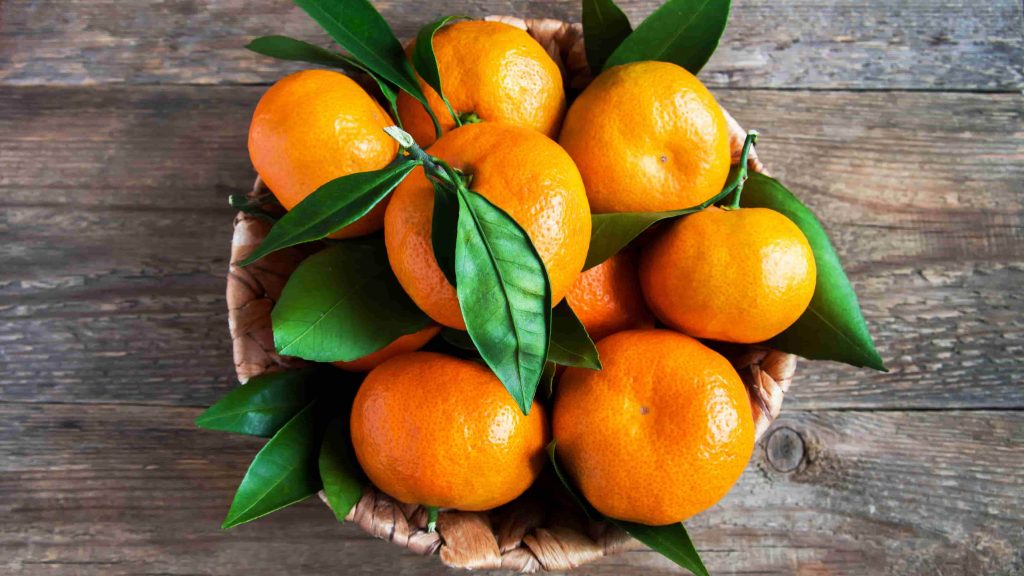26.04.2022
Calabrian citrus fruits stand out from the others for their excellent organoleptic characteristics; for these reasons they are well known and highly appreciated not only in Italy but also abroad.
Among the oranges grown in Calabria we certainly remember the late growing orange Biondo di Trebisacce, which flourishes in the vicinity of the homonymous municipality of the Upper Ionian Cosentino between the sea and the Pollino mountains.
In the wake of the latter we also find another cultivar that is born much further south of Trebisacce and that certainly deserves a place of honor.

Let’s talk about the San Giuseppe Orange. Like the Biondo di Trebisacce, the San Giuseppe Orange is also a niche on the market. It is grown at about 350 meters above sea level, in the pre -mountain belt of the Aspromonte between the Gallico and Catona rivers, and takes its name from the hamlet of the municipality of Reggio Calabria, Villa San Giuseppe.
The San Giuseppe Orange, present in the Belladonna and Biondo Tardivo varieties, has been produced for some years by any local companies and, afterwards, included in the Ark of Taste of the Slow Food Foundation for biodiversity.
The plant is of medium vigor and expanded foliage, round in shape, not very dense. The leaves are elliptical, of an intense green color, with a slightly rounded apex. Belonging to the species of orange Citrus sinensis , this orange has an ovoid (or sub-ovoid) shape with a skin of medium thickness and an intense orange color.
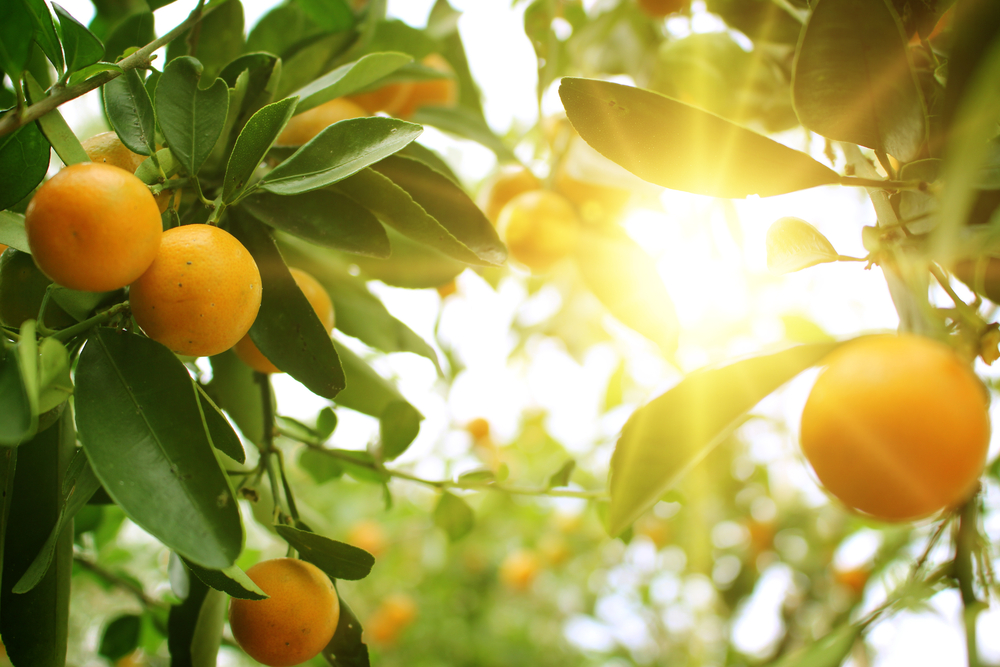
It weighs about 200 gr. The taste is sweet (mostly between May and June), its blond pulp is rich in juice and is seedless, or it has very few (usually 1 to three).
It has a good concentration of vitamin C, fiber, mineral salts and for this reason it is recommended to eat it fresh or squeezed; it is used extensively to produce juices, jams, honey and candied peel.
The first fruits begin to have in the months of February-March and, as in the case of the Biondo di Trebisacce, they last until June.

SMAF LTD
Explore our products, coming from CALABRIA. Order the food and beverage products that allow you to explore the Mediterranean diet of a remarkable region. Surrounded by two seas and adorned with pine forests, mysterious villages, natural habitats, and rich biodiversity. Discover handcrafted delicacies that embody the soul of the land: sun-ripened fruits, premium olive oils, bold wines, artisanal cheeses, and traditional cured meats, all crafted with passion and authenticity.
Locally called ‘u purtuallu longu”, according to studies, the first attestations of the San Giuseppe Orange date back to the end of the 19th century.
They were in fact the most sought after on the market due to their large fruits, with few seeds and strong bark; they resisted long browsing in everyone’s preference and always pay 1 or 12 pugs more than those of other sites.
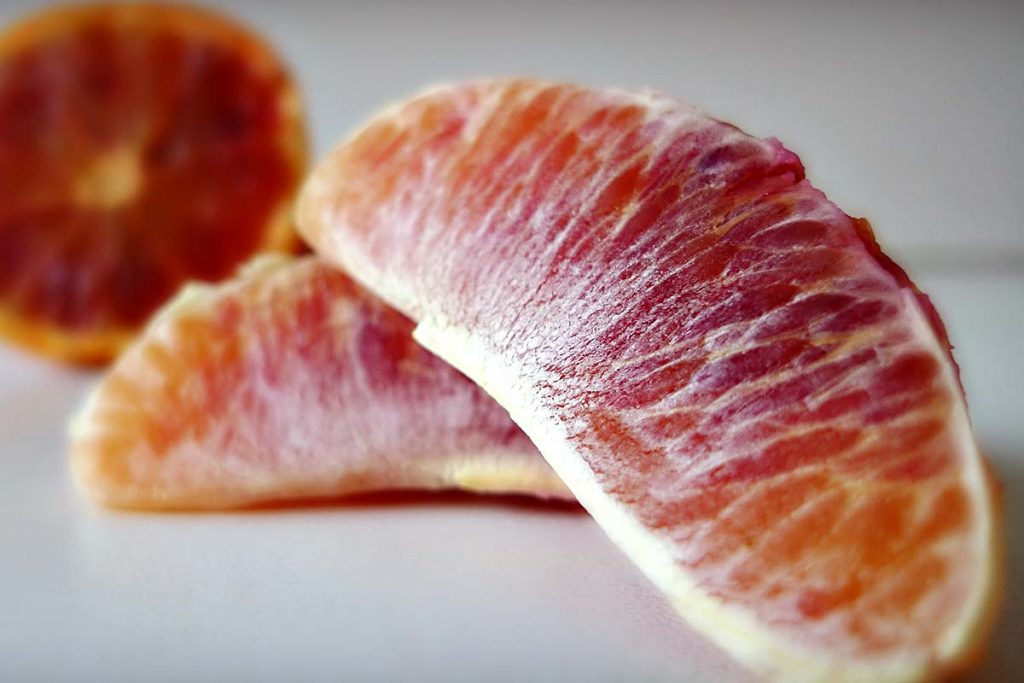
In fact, the stories of the locals show that the sale of the oranges of San Giuseppe was very profitable and supported the economy of this area.
They are also called ‘oranges of the tsar’ because they were even exported to Russia, beloved by the courts of the tsars and notables until the period of the October Revolution in the early decades of the 20th century.
The San Giuseppe Orange is usually seedless. For the first time in 2019 the ‘Feast of the Orange of San Giuseppe’ took place which was a great success.
The hope is that after the restrictions due to the health emergency from Covid-19, this holiday can be a fixed appointment to pay homage to this important and special Calabrian citrus fruit.
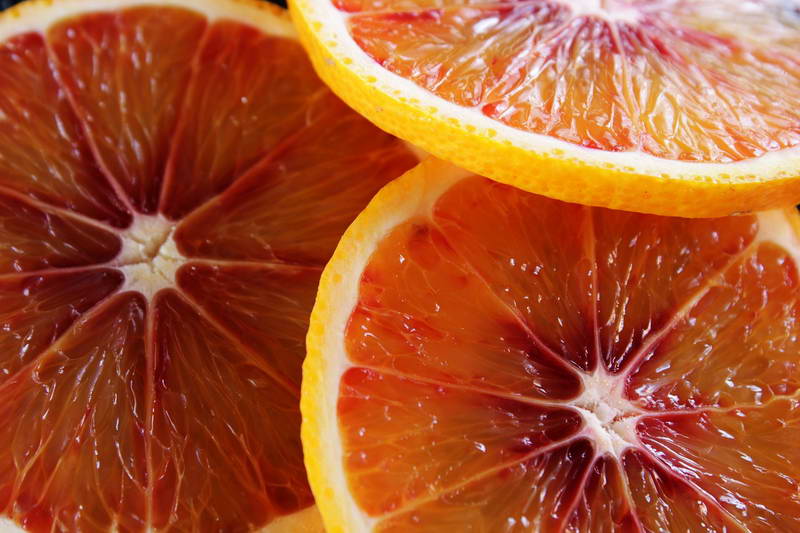
The San Giuseppe Orange has also been included by the Ministry of Agricultural, Food and Forestry Policies in the list of Agri-food Products of Calabria tradition (PAT).
Another excellence of Calabria to taste…

